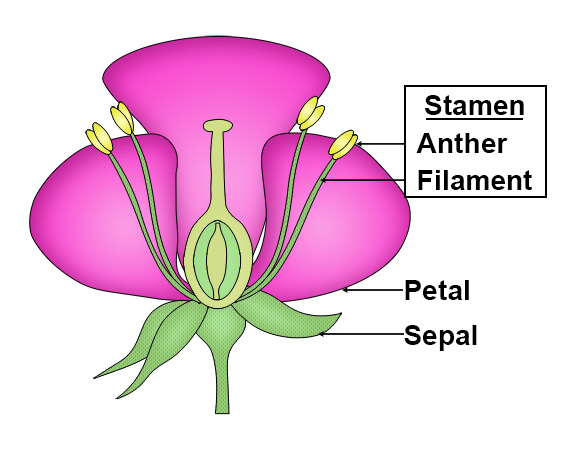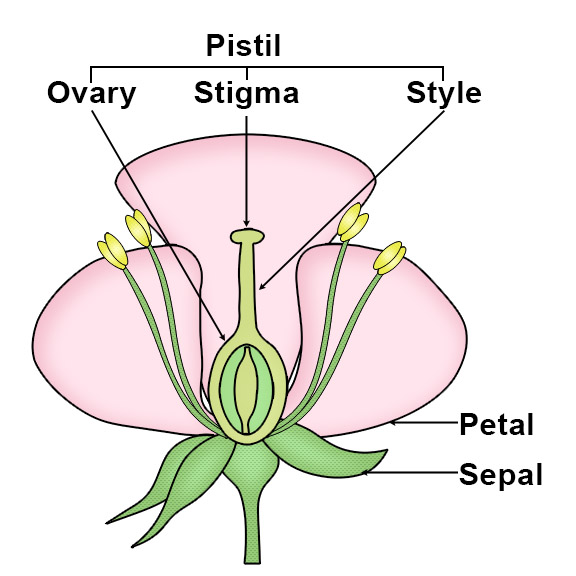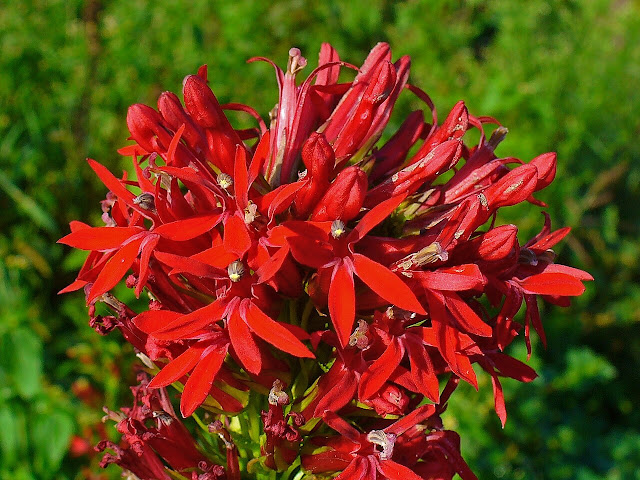In today’s world where most things are mechanized or electronic, learning traditional skills is meaningful because it takes participants back to a time that they only read about in history books. One of the most amazing things about traditional skills is learning how to transform natural materials into something useful, by hand and sheer human ingenuity. On Sunday, April 28, at 1 p.m. and 3 p.m., the Institute for American Indian Studies is offering two 1.5-hour traditional skills programs and walks that will focus on identifying and processing useful local minerals and stones used in tool making.
Join Traditional Skills Expert and IAIS Head of Fabrication and Exhibit Production, Griffin Kalin, for a discussion and walk that will take you back in time where local minerals and stones were used to produce ceramics, stone axes, projectile points, and adzes. This realm of knowledge has ensured the survival of people in the Eastern Woodlands for millenniums, and more importantly, is part of our human heritage.
With both a discussion and a short hike, potential participants should keep in mind the second half will require adequate footwear and may not be accessible to those with limited mobility.
Space is limited and pre-registration is required for this program. To register visit www.iaismuseum.org, email events@iaismuseum.org, or call 860-868-0517. The price of participation is $10 for members of the Institute and $20 for non-members.
About The Institute for American Indian Studies
Located on 15 acres of woodland acres the Institute For American Indian Studies preserves and educates through archeology, research, exhibitions, and programs. They have a 16th c. Algonquian Village, Award-Winning Wigwam Escape, and a museum with temporary and permanent displays of authentic artifacts from prehistory to the present allows visitors to foster a new understanding of the world and the history and culture of Native Americans. The Institute for American Indian Studies is located at 38 Curtis Road, in Washington, Connecticut.
.JPG)



.jpg)







_(north_of_Bootlegger_Canyon,_west_of_Moab,_Utah,_USA)_1.jpg)
_(north_of_Bootlegger_Canyon,_west_of_Moab,_Utah,_USA)_4.jpg)

-1.jpg)

_1711.JPG)

.jpg)

_(Cayo_Costa_Island,_Florida,_USA)_2_(25831836182).jpg)
